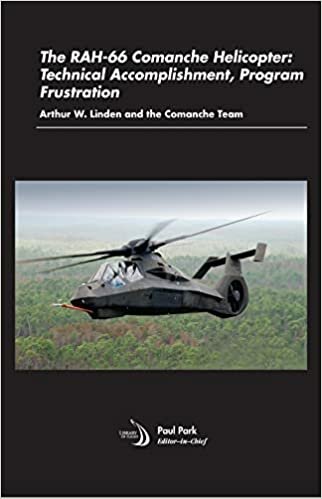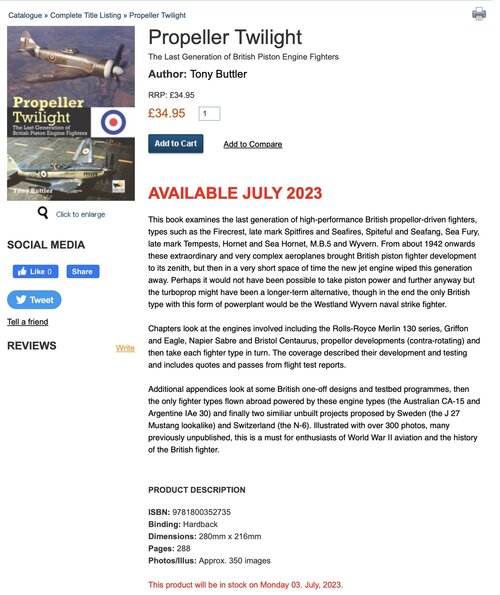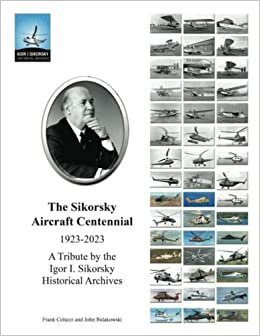1. TSR.2 Seminar
The Royal Aeronautical Society's Aeronautical Heritage Group has organised a day-long seminar for TSR.2, which is to be held at Cosford Air Museum on Saturday 13th May, starting at 10.00am. At the moment I have no booking or cost details, but will supply them when available. The event will include the following:
10:10:00 | 0:30:00 | The Path to GOR339 | Clive Richards |
10:40:00 | 0:40:00 | From Paper to Hardware | Tony Buttler |
11:20:00 | 0:25:00 | Break | |
11:45:00 | 0:40:00 | TSR-2: Building the Industrial Coalition | Keith Hayward |
12:25:00 | 0:40:00 | Off-the-Shelf' Options | Paul Stoddart |
13:05:00 | 1:00:00 | Lunch | |
14:05:00 | 0:30:00 | A 'melancholy spectacle': the downfall of the TSR-2, 1957-1965. | Clive Richards. |
14:35:00 | 0:40:00 | Empty skies. British Procurement Dilemmas and Opportunities. | Sam Hollins |
15:15:00 | 0:25:00 | Break | |
15:40:00 | 0:40:00 | TBD | Ben Goodlad |
16:20:00 | 0:40:00 | TSR-2: A Warning for Tempest? | Mike Pryce |
17:00:00 | 0:30:00 | Panel session Q&A | |
2. Italian Secret Projects
As far as I know Crecy have not received any manuscript for the book, so where the 2023 release date came from I have no idea. I fear that it will no longer go ahead, but I understand Crecy are planning to have other titles on Italian subjects (though no info as yet).
3. Propeller Twilight
I have been checking the page proofs for my latest book this week and they look pretty good I think. That should mean we are still on for a July release.







